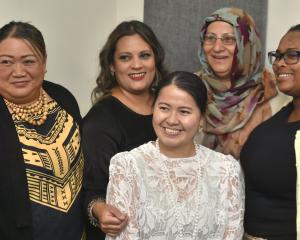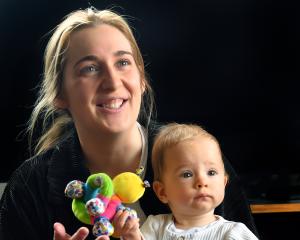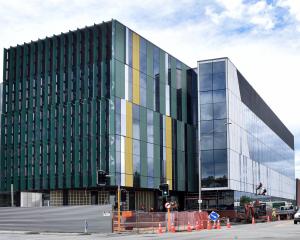A sharp decline in the number of people being diagnosed with HIV is encouraging, but it is too early to say whether that represents any sort of trend, scientists say.
"It is very encouraging and we are pleased we have seen this reduction," Dr Sue McAllister, leader of the Aids Epidemiology Group at the University of Otago, said.
"It is just one year of data though, and obviously we need to maintain that and keep the emphasis on HIV still being here and still being with us."
A greater number of HIV prevention methods were now available in New Zealand, and maximising their usage would hopefully see the drop in diagnoses continue, she said.
In 2017, 197 New Zealanders were diagnosed with HIV - well down on the 243 diagnosed in 2016, and the first fall in new diagnoses since 2011.
That year was the last in a three-year downward trend, and numbers of new diagnoses have increased every year since.
While fewer new diagnoses was an improvement, 197 people was still comparable to infection rates in the early 2000s, when they were at their highest.
"A lot of the severity of HIV has perhaps gone, or is less so than it was in the early days of the epidemic, but people with HIV still have to lead a lifetime on medication," Dr McAllister said.
"It has quite major implications on individuals and on society, so the more we can prevent the better ... it's not the time to take the foot off the gas, as it is still around and we have to take it seriously."
Of the 197 new diagnoses last year, 38 had been previously diagnosed overseas: 171 were men, 22 were women, and four were transgender.
The majority, 128, were men who had sex with men.
Twenty four people were heterosexually infected, two children received the virus from their mothers and one person was an injecting drug user - the remainder were classed as "other" sources of infection.
Pharmac data shows 2470 adults and 21 children receive subsidised anti-retroviral therapy for HIV, out of an estimated 3500 people living with HIV/Aids in New Zealand.
"Something we are working on this year is to have a better estimate of what we call the cascade of care of HIV," Dr McAllister said.
"That's the number of people infected with HIV, how many are diagnosed, how many are under care and how many are under treatment."













